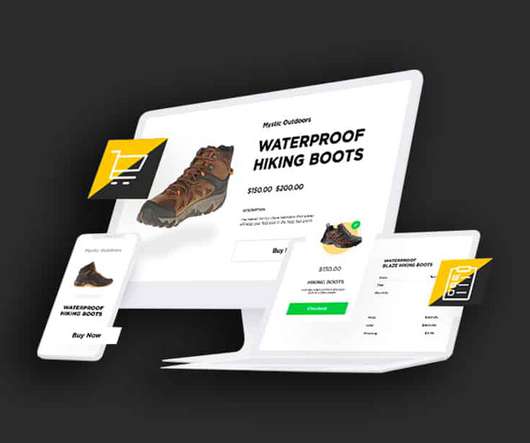How Retailers Can Leverage Technology to Turn Economic Uncertainty Into an Opportunity
Kibo
AUGUST 18, 2022
Impacts of the recession on DTC brands and B2C retailers. eCommerce growth was 6.7 percent in the first quarter of 2022, which, when inflation of 8.5 percent in the first quarter of 2022, and initial figures show a 0.9 Why online retailers should continue to invest in eCommerce technology.












Let's personalize your content